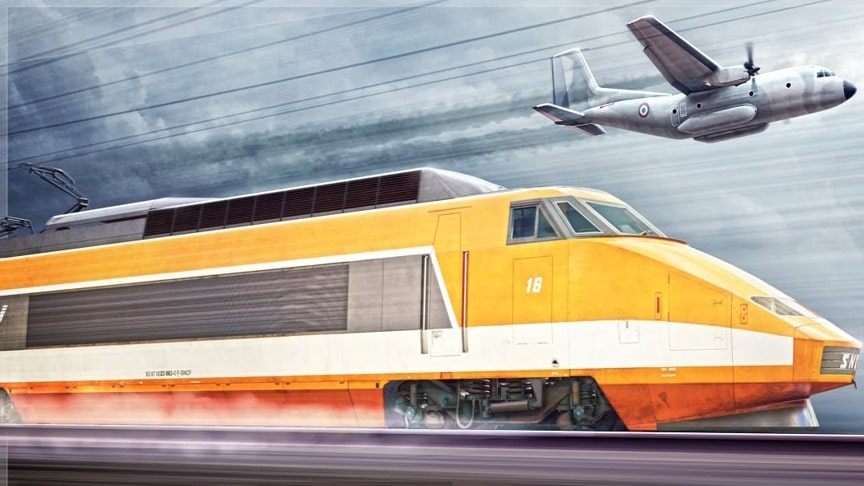In the 1950s many believed that railways were an antiquated 19th century technology, soon to be replaced by faster and more convenient forms of transportation. Short and medium-haul jet travel offered unparalleled speed, while the automobile promised unmatched flexibility and convenience. In France, the fastest express trains (Le Mistral) only averaged speeds of just 120km/h.
source.image: Mustard
Although French engineers had set remarkable railway speed records during the decade, including reaching 331 km/h in 1955, few considered railways to have much of a future. To compete against newer forms of transport, trains would need faster service speeds. This would require engineering new locomotives, as well as rebuilding rail lines with greater precision, gentler curves, smaller grades and in-cab signaling. The effort and resources required seemed too great to be worthwhile.
Opening in 1964, the Shinkansen was the world’s first true high-speed railway. Connecting Japan’s two largest cities (in the 1960s), Tokyo and Osaka, and travelling at speeds in excess of 120 mph (200 km/h), the new specially-designed Shinkansen trains had the highest service speeds in the world. While the Shinkansen was viewed with admiration around the world, French railway engineers were still world leaders in areas of acceleration, braking, and electric pickup at high speeds.
Advertisement
In fact, many of the technologies used on the Shinkansen were pioneered by French railway engineers. Inspired by the Japanese experience, the SNCF began experimental work on a high-speed rail network for France. Called the TGV ( Train à Grande Vitesse, or “high-speed train” in French), they focused on a more cost-effective approach that would leverage existing infrastructure as well as newly developed technologies like gas turbine propulsion./.. via read more: Mustard











